Do you have the right portable fire extinguishers? A quick knockdown.
Why do we have portable fire extinguishers?
It may appear an obvious question however many struggle to answer this and I have heard many different analogies over the years.
Fires in the workplace tend to start as small incidents and this is where portable fire extinguishers come into their own. By extinguishing, slowing down or preventing the dangerous escalation of the fire; an extinguisher may not only save lives, property and the environment but also our livelihoods and those of our colleagues.
Many businesses in the UK and elsewhere have not recovered from fires in their workplace, loss of business continuity, increased insurance premiums and the effect on the reputation of the company are but a few of the reasons for this.
Purchasing Portable Fire Extinguishers
Before you consider purchasing your fire extinguisher you need to consider the fact that the extinguisher must be commissioned or certified on site, in its intended location ideally.
Many companies will supply extinguishers with certification however these will still require commissioning by a competent fire extinguisher technician. This is because the extinguisher could be damaged in transit or sited incorrectly, which an on-site commissioning will eliminate.
My advice to any organisation would be to work with a local or national BAFE approved fire extinguisher company and either take advice from them or let them supply the best make and type for your organisations needs.
Some cheap extinguishers are difficult to service and maintain due to the poor quality, build and lack of replacement parts leading to greater expense in the long run.
Having said all this I would advise companies to keep an eye on the price of extinguishers available and the proposed price from servicing organisations. I have come across some ridiculously priced extinguishers being supplied to companies by servicing organisations. One site I visited had just paid in excess of £300 for a 6 litre Foam extinguisher.
Servicing of extinguishers
Extinguishers should be visually inspected monthly for damage and should be serviced to BS 5306-3 once a year. Water, foam and powder extinguishers have to be discharged and refilled every five years. Carbon dioxide (CO2) extinguishers must be refurbished after ten years.
Siting of extinguishers a basic guide
The ratings of the extinguishers should be used to calculate the number and type of extinguishers required. Ideally only BAFE approved fire extinguisher companies should be used as this will ensure a high installation and maintenance standard.
The following should also be considered when siting fire extinguishers:
- Extinguishers should normally be sited on escape routes on all floors at ‘fire points’.
- They should be fixed in a location where the extinguisher can be reached quickly. The best place is near a door leading to a place of safety or near a specific fire risk.
- They should be fixed where they can be easily seen.
- Do not place them over cookers or heaters or in places of extreme temperatures, hot or cold.
- Extinguishers should be fixed at an elevated height, so that the carrying handle is 1m from the floor for heavier units (heavier than 4kg) and 1.5m for smaller units.
- Extinguishers should be within reasonable distance from any fire risk:
- Class A: 30m
- Class B: 10m
- Class C: 30m
- Class D: case-by-case basis, by expert advice
- Class F: 10m
- The method of operation should be similar for all extinguishers, where possible.
- The occupiers should be capable of handling all the types and sizes recommended.
- Where different types of extinguishers for different risk types are sited together they must be properly labelled to prevent confusion.
- Extinguishers should be fitted with suitable jet or spray nozzles or flexible hoses to suit the risk involved.
Additional References can be found in BS 5306 Part 8
Fires are classified in six groups A, B, C, D, F and electrical:

- Class A – Involving organic solids like paper, wood, textiles, etc.
- Class B – Flammable liquids, such as oils, spirits, petrol and grease.
- Class C – Flammable gasses, such as propane, butane and North Sea gasses.
- Class D – Metal fires. Class D is a rare type of fire which requires specialist equipment and training in order to tackle it.
- Class F – Cooking oil fires. Class F is a class of fire specifically aimed at cooking oil fires and the particular hazards they pose. You may well see reference to this class if you have catering facilities in your workplace.
- Electrical – Live electrical such as overloaded sockets, faulty equipment and damaged cables. Electrical fires are not given their own full class, as they can fall into any of the classifications. This is because it is not the electricity burning but the surrounding materials that have been set alight by the electric current.
Types of Extinguisher
Each type of extinguisher is designed to be used on different classes of fire. Using the wrong type can be dangerous.
Learning which is the most appropriate type of fire extinguisher to use for the many different classifications of fire, is covered in our fire extinguisher video learning course.

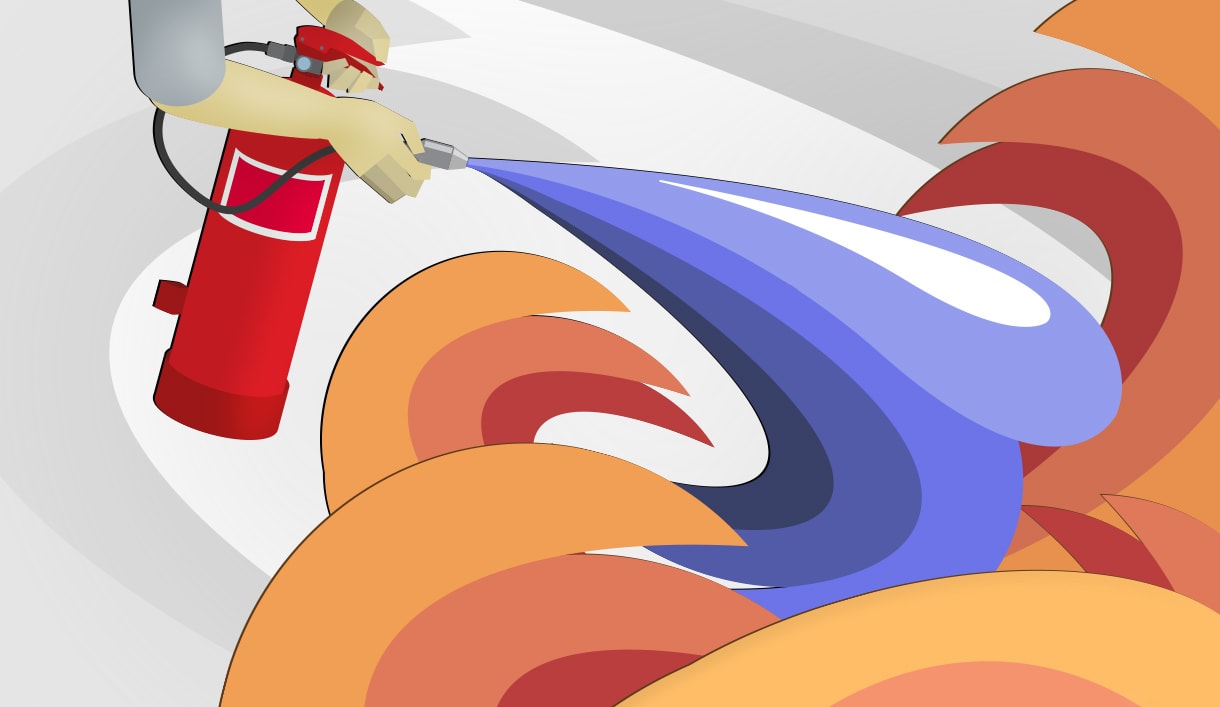


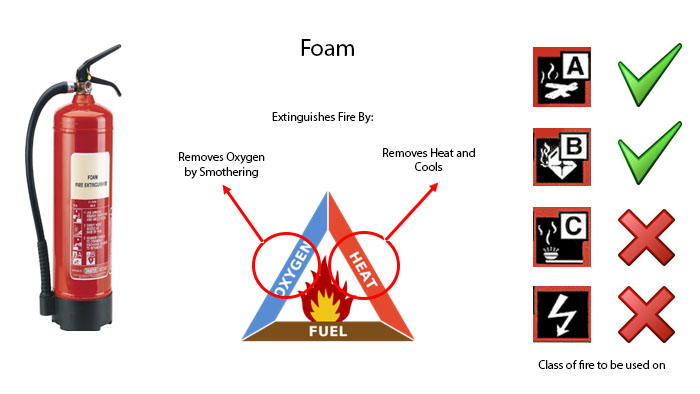
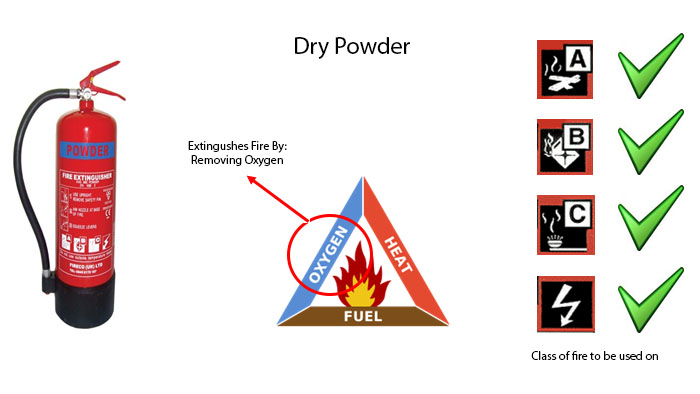
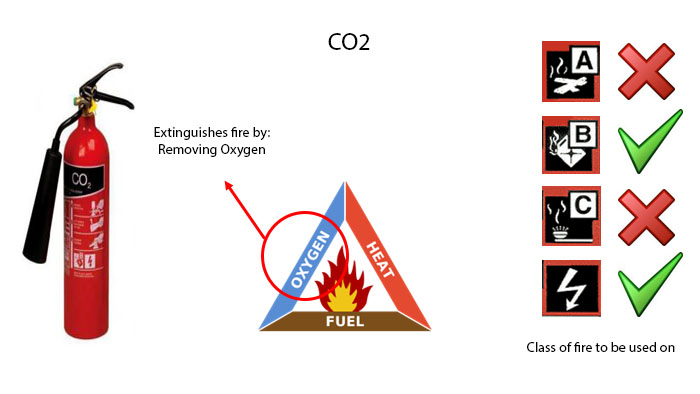

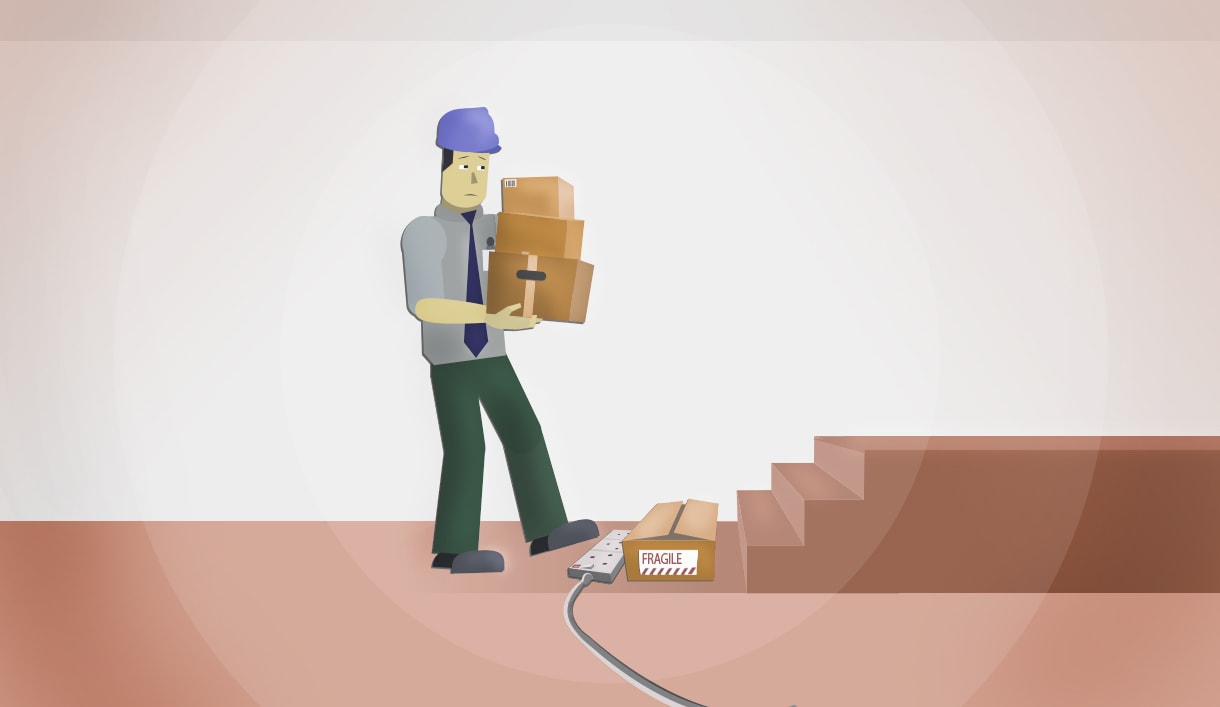
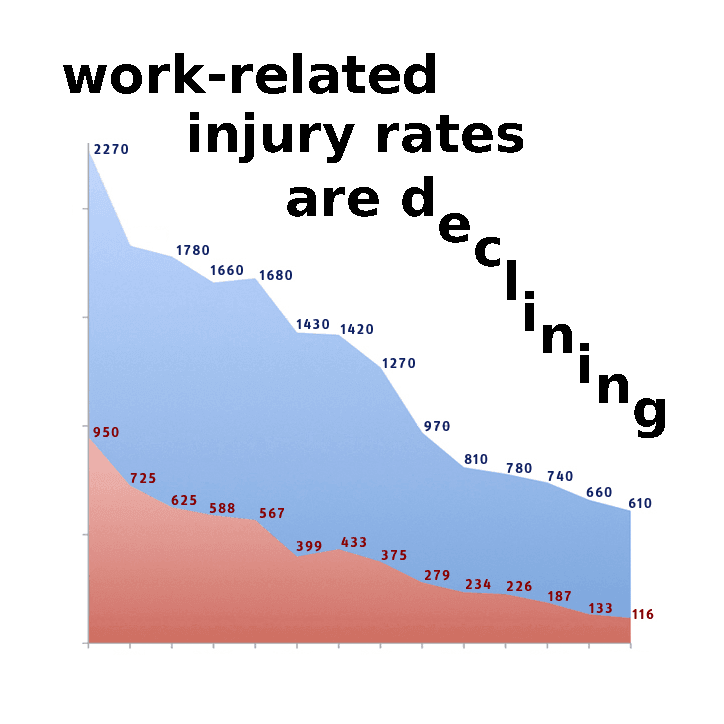
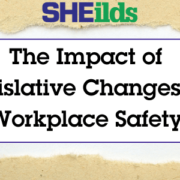
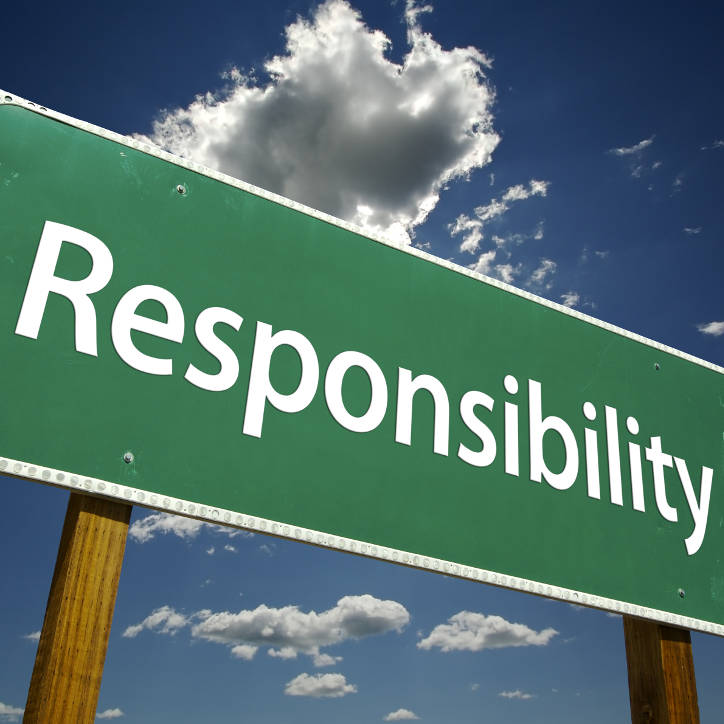
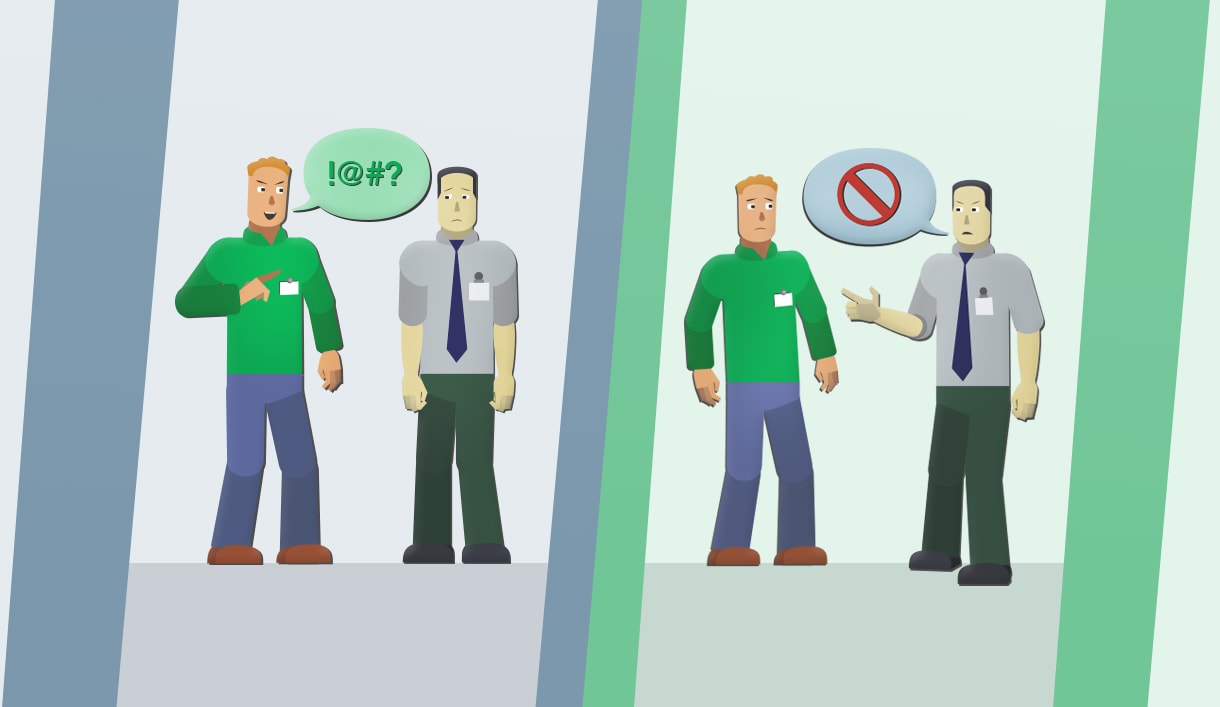
Great article Stuart!
I really like what was said about why we have portable fire extinguishers. I am really glad I have never had to use one, but I have had friends who have. They really do save lives and I am grateful for them.
nice explanation and images too from A to F, as it should be
I do like how you mentioned that it would be important to have a fire extinguisher technician to inspect a fire extinguisher as it can be damaged during transportation. That is good to learn as I was just planning to purchase a fire extinguisher for our newest abode. Having someone to confirm and check our potential fire extinguisher will be very beneficial for our safety. Thanks!